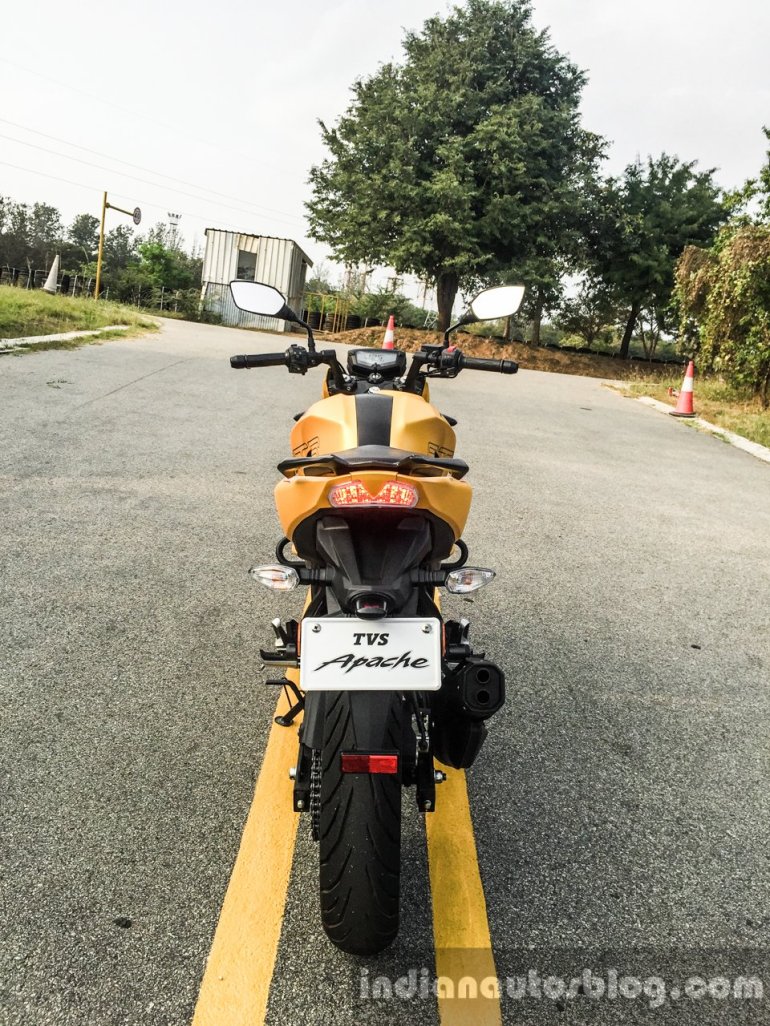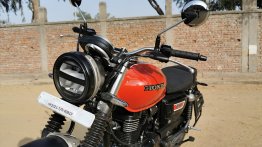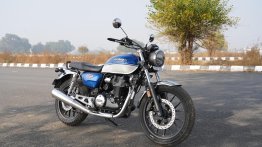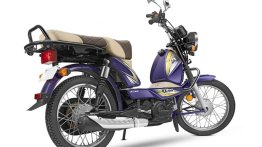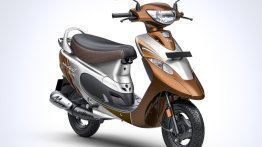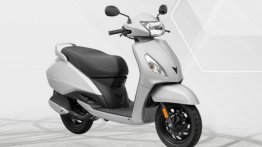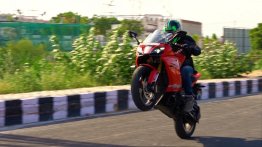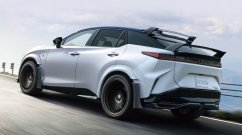Is it a mere upgrade to the smaller Apaches or does it have the capacity to cater to a diverse audience?
There was indeed a significant gap between the last iteration of the Apache RTR, the RTR 180, and the recently unveiled Apache RTR 200 4V, but what went into the development of the flagship model in the long gap seems more substantial.
TVS Motor Company has designed an all-new chassis and an all-new powertrain for the Apache 200 that has made it a completely new motorcycle that only fits in the Apache RTR family by its looks. It is safe to say that the 200 is an evolution of the Apache we used to know and not just a larger version with a bigger engine.
The reason we look at it as a different motorcycle compared to the 160 and the 180 is because the 200's behavior is not the same as theirs. While the 160 and the 180 can be considered as a gateway into amateur racing, courtesy of its high initial grunt, the 200 has a more mature gene that controls the blast in power and spreads it quite evenly through the rev range.
As a result, the TVS Apache 200 doesn't offer the thrill of a race machine in the low- to mid-range, but has a better refinement and steadiness as a trade to outright performance.
The handling too has been tuned differently, in regard to the bike's larger size and longer wheelbase. One way of explaining it is that the RTR 160 and RTR 180 are more nimble, aggressive and fun to handle at low speeds, specially while manoeuvring in city traffic, while the RTR 200 does a better job at higher speeds. Not to be mistaken, the 200 is indeed quicker, and faster in terms of top speed. This makes it an apt upgrade to the former. The only concern was that the speed gain was not very exciting in the triple digit zone.
While the above was all about the carbureted version, the FI variant of the Apache 200 changes those opinions and makes you want to reevaluate your take on the machine. Though it produces just 0.5 PS of peak power higher than the carb model at the same engine speed and generates the same peak torque, the FI version does not behave the way Apache 200 is described above.
The TVS Apace 200 FI model, with Bosch EFI, is just as exciting to rev as the 160 and the 180, and it has the ability to clock higher speeds faster past 100 km/h.
Also Read: TVS Apache RTR 200 4V vs Bajaj Pulsar 220F vs Hero Karizma – Comparo
Another factor that adds two dimensions to the RTR 200 4V's review is its tyres. The standard model is offered with an all-new tyre from the house of TVS named the TVS Remora. This is a soft compound tyre that is designed specifically for better adherence to the road. These tyres add a considerable amount of self-assurance while carving a corner and there is almost nothing more you would expect from the rubbers; until you try the Pirelli-equipped variant.
Also Read: TVS Apache 200 vs Bajaj Pulsar AS200 vs KTM Duke 200 vs Yamaha R15 – Comparo
On both versions of the new Apache, the overall suspension setting is hard enough to enable taking on twisties with confidence and is soft enough to provide a comfortable ride in the 'urban' jungle. The vibrations on the 200, unlike on the older twins, are almost negligible, and the overall ride quality feels plusher.
The build quality is nothing short of what we have seen on the older Apaches and the paint quality too is just as appreciable.
Also Read: 6-8 variants of TVS Apache 200 to be launched by April
Overall, the TVS Apache 200 is a delicacy served well cooked though it took some time, and has the potential to attract a lot more buyers outside of the TVS or specifically the Apache family. Also, while the 160 and the 180 is not known to be much of a tourer, the 200 4V has the potential to get popular on that front as well.




